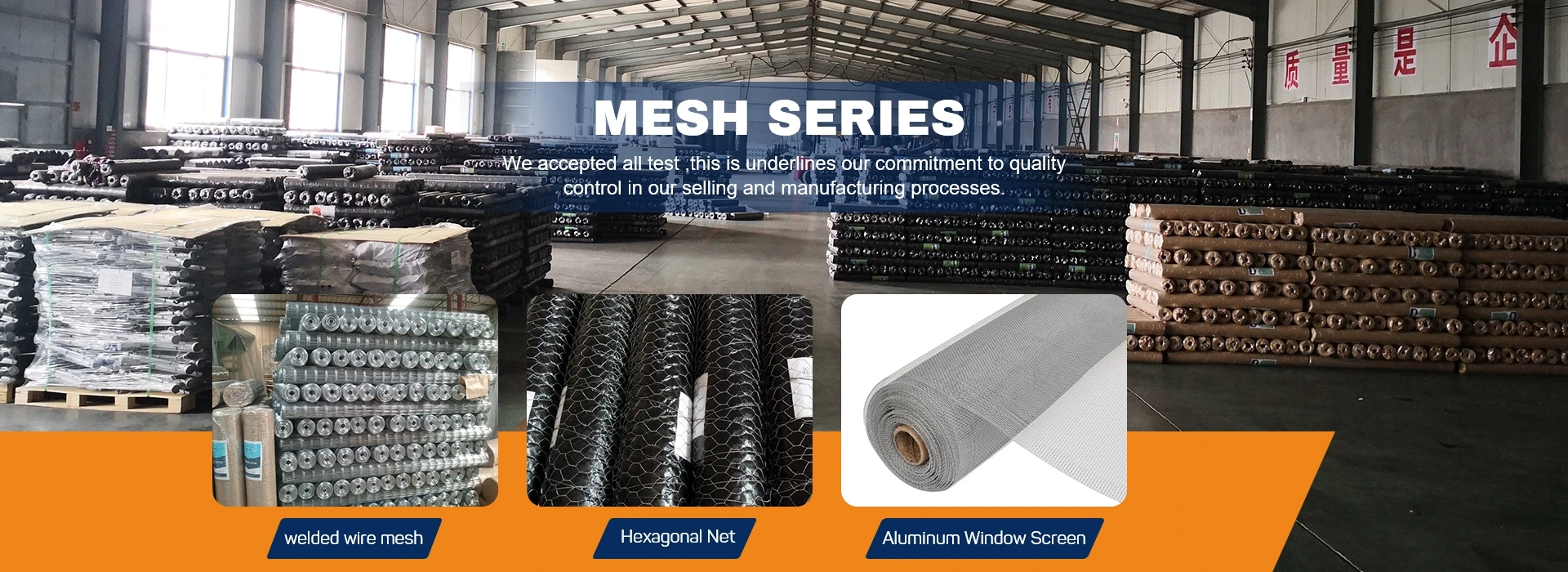The Versatility and Applications of Steel Perforated Sheet Metal
Steel perforated sheet metal has become an essential material in various industries due to its unique combination of strength, durability, and aesthetic appeal. This versatile material is created by puncturing holes in a sheet of steel, resulting in a product that offers numerous functional and decorative applications. In this article, we will explore the characteristics, manufacturing process, and diverse uses of steel perforated sheet metal.
Characteristics of Steel Perforated Sheet Metal
Steel perforated sheet metal comes in various grades, thicknesses, and hole patterns, making it adaptable to different requirements. One of its primary characteristics is its strength; steel is known for its resistance to wear and tear, making it ideal for demanding environments. Additionally, perforated sheets can offer weight reduction without compromising structural integrity, which is particularly beneficial in automotive and aerospace applications.
Perforated sheets can also come with different finishes, such as galvanized or powder-coated surfaces, enhancing their corrosion resistance and aesthetic qualities. The holes themselves can vary in size, shape, and spacing, allowing for tailored designs that meet specific design and functional needs.
Manufacturing Process
The manufacturing of steel perforated sheet metal typically involves several key steps. The process starts with selecting the right steel sheet, which is then subjected to a punching or drilling operation. A die is used to create holes in predetermined patterns, which can be circular, square, or custom shapes. Advances in technology have made it possible to use laser cutting and CNC (Computer Numerical Control) machinery, resulting in precision and efficiency in production.
After perforation, the sheets may undergo additional processes, such as trimming, bending, or coating, to meet specific requirements. The finished product is then subject to quality control measures to ensure durability and performance characteristics are within acceptable limits.
Applications of Steel Perforated Sheet Metal
steel perforated sheet metal

The applications of steel perforated sheet metal are extensive and varied, making it suitable for a wide range of industries.
1. Architectural Applications In architecture, perforated sheets are often used for decorative facades, ceilings, and partitions. They add visual interest and can be designed to provide optimal light transmission while ensuring privacy. The aesthetic appeal of these sheets can elevate the design of buildings, making them popular in modern architecture.
2. Industrial Uses In industrial settings, steel perforated sheet metal is commonly used as screens, guards, and enclosures. Its strength protects machinery and workers while allowing for airflow and visibility. Additionally, it can serve as a key component in the production of custom racks and storage solutions.
3. HVAC Systems Perforated sheets are widely used in HVAC (Heating, Ventilation, and Air Conditioning) systems. They facilitate sound absorption and air distribution, enhancing the efficiency of heating and cooling while minimizing noise levels.
4. Food and Beverage Industry The food and beverage sector uses perforated stainless steel sheets for items such as filters, trays, and baskets. The perforations allow for drainage and airflow, which is crucial when processing food products.
5. Furniture Design In the realm of furniture design, perforated metal is used to create stylish and functional pieces. Whether it’s a coffee table, shelving unit, or room divider, the inclusion of perforated sheets can add a contemporary touch to furnishings.
Conclusion
Steel perforated sheet metal stands out as a highly versatile material that meets the demands of various industries while simultaneously providing aesthetic value. Its combination of strength, lightweight properties, and the ability to create customized designs makes it an invaluable resource in contemporary applications. As technology evolves, the manufacturing processes for steel perforated sheets continue to improve, promising even greater innovations in their design and use in the future. Whether through architectural enhancements or functional components, the impact of steel perforated sheet metal is significant and far-reaching.

















